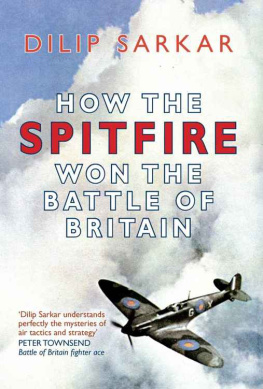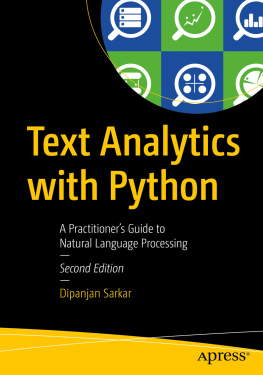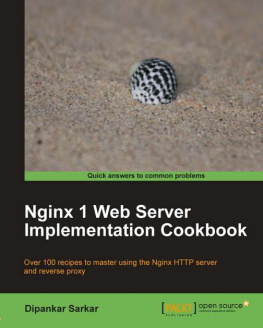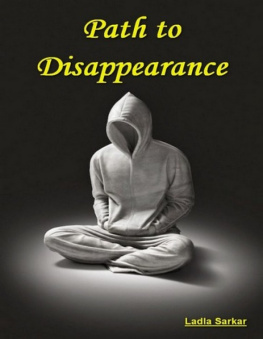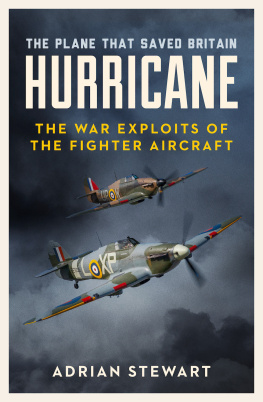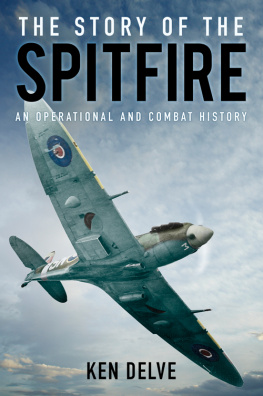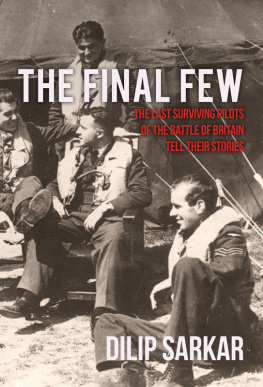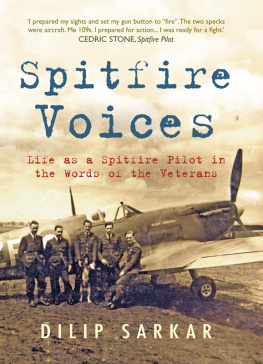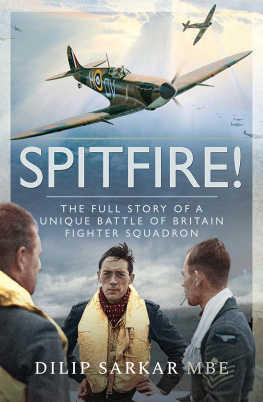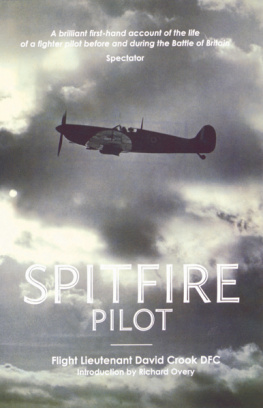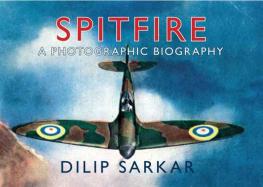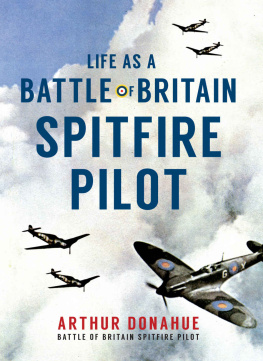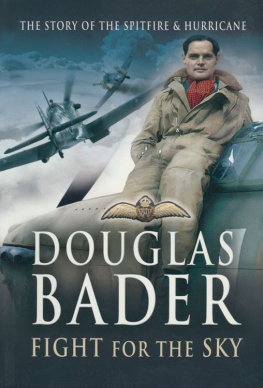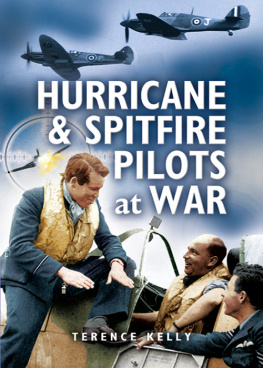HOW THE
SPITFIRE
WON THE
BATTLE OF
BRITAIN
For all who served in RAF Fighter Command during the Battle of Britain. On 20 August 1940 Churchill said that they had the gratitude of every home in our island. Seventy years later, and forever more, that should remain the case.
HOW THE
SPITFIRE
WON THE
BATTLE OF
BRITAIN
DILIP SARKAR
MBE FRHistS
AMBERLEY
Authors Note
Throughout the text I have referred to German Messerschmitt fighters by the abbreviation Me (not Bf, which is also correct), or simply by their numeric designation, such as 109 or 110. This, in my view, not only reads better but is authentic: during the Battle of Britain, Keith Lawrence, a New Zealander, flew Spitfires and once said to me To us they were just 109s or 110s simple. The purely numeric designations are also frequently found in contemporary documents.
Also, many of the survivors whose accounts are included in this book ultimately retired from the RAF with senior, even Air, rank. In the text, however, I have used their ranks as per 1940.
First published 2010
Amberley Publishing plc
Cirencester Road, Chalford,
Stroud, Gloucestershire, GL6 8PE
www.amberleybooks.com
Copyright Dilip Sarkar 2010
The right of Dilip Sarkar to be identified as the Author of this workhas been asserted in accordance with the Copyrights,Designs and Patents Act 1988.
All rights reserved. No part of this book may be reprinted or reproducedor utilised in any form or by any electronic, mechanical or other means,now known or hereafter invented, including photocopying and recording,or in any information storage or retrieval system, withoutthe permission in writing from the Publishers.
British Library Cataloguing in Publication Data.
A catalogue record for this book is available from the British Library.
ISBN 978-1-84868-868-1 (PRINT)
ISBN 978-1-4456-0981-2 (e-BOOK)
Typeset in 10pt on 13pt Adobe Caslon Pro.
Typesetting and Origination by Amberley Publishing.
Printed in the UK.
Contents
Other Books by Dilip Sarkar
(in order of publication)
Spitfire Squadron: No 19 Squadron at War, 1939-41
The Invisible Thread: A Spitfires Tale
Through Peril to the Stars: RAF Fighter Pilots Who Failed to Return, 1939-45
Angriff Westland: Three Battle of Britain Air Raids Through the Looking Glass
A Few of the Many: Air War 1939-45, A Kaleidoscope of Memories
Baders Tangmere Spitfires: The Untold Story, 1941
Baders Duxford Fighters: The Big Wing Controversy
Missing in Action: Resting in Peace?
Guards VC: Blitzkrieg 1940
Battle of Britain: The Photographic Kaleidoscope, Volume I
Battle of Britain: The Photographic Kaleidoscope, Volume II
Battle of Britain: The Photographic Kaleidoscope, Volume III
Battle of Britain: The Photographic Kaleidoscope, Volume IV
Fighter Pilot: The Photographic Kaleidoscope
Group Captain Sir Douglas Bader: An Inspiration in Photographs
Johnnie Johnson: Spitfire Top Gun, Part I
Johnnie Johnson: Spitfire Top Gun, Part II
Battle of Britain: Last Look Back
Spitfire! Courage & Sacrifice
Spitfire Voices: Heroes Remember
The Battle of Powick Bridge: Ambush a Fore-thought
Duxford 1940: A Battle of Britain Base at War
The Few: The Battle of Britain in the Words of the Pilots
The Spitfire Manual 1940
Last of the Few: Eighteen Battle of Britain Pilots Tell Their Extraordinary Stories
Hearts of Oak: The Human Tragedy of HMS Royal Oak
Spitfire Voices: Life as a Spitfire Pilot in the Words of the Veterans
Introduction
Seventy years ago this summer there was a great air battle in which the German Luftwaffe fought to achieve aerial supremacy over England as a prelude to a seaborne invasion. RAF Fighter Command prevented this, and so won what Churchill called The Battle of Britain. There were two main British single-engined fighters that fought and won this victory: the Hawker Hurricane and the Supermarine Spitfire. The latter, it has been said, was lesser in number but, being somehow altogether more charismatic than the Hurricane, walked off with all the glory glory, some still say, it did not deserve. Group Captain Peter Townsend, who flew Hurricanes in the battle, wrote that the Luftwaffe put so much store in being shot down by Spitfires, rather than Hurricanes, that they suffered from Spitfire Snobbery. But, he argued, figures were to prove that during the Battle of Britain, machine for machine, the Hurricane would acquit itself every bit as well as the Spitfire and in the aggregate (there were more than three Hurricanes to two Spitfires) do greater damage among the Luftwaffe. This comment has passed into legend and has become one of the many myths of the Battle of Britain.
The intention of this book is to contextualise the Hurricane, Spitfire and Me 109 stories, anchoring them accurately in time and space against the backdrop of the inter-war period. Those were days when disarmament ruled and the depression hit pockets hard. But they were also exciting times in aviation, not least because of the Schneider Trophy being won outright by the British S.6B. This was a very fast monoplane, designed by Reginald Joseph Mitchell of Supermarine, and would lead, in due course, to the biplane being replaced by monoplanes with superior performance. They were also days in which the dread of air power was immense: an immeasurable global fear of the bomber and its unstoppable knock-out blow. Then, after years of tension, came the Second World War. In 1940, Hitlers unprecedented advance conquered most of Europe, until the Germans stood at Calais, within sight of England. The eyes of the world then became focussed upon the air battle over south-east England and on the Spitfire in particular, which excited popular enthusiasm and became the symbol of freedom and defiance.
Did the iconic Spitfire deserve this adoration? In this book is presented a balanced view, based entirely upon evidence all sources being clearly referenced and available for inspection. The fact is that the Battle of Britain would not have been won without the Spitfire. And Hurricanes did not destroy more enemy aircraft than all other defences combined, as legend would have us believe. So this book driven by evidence and not emotion or prejudice represents an important new interpretation. It is not simply another narrative regurgitating the same old theme and predictably plenty of those have been published in this seventieth anniversary year. Nonetheless I suspect that it will provoke much argument and debate. For that is what we historians do argue and debate and long may that remain the case.
Dilip Sarkar MBE, FRHistS, Worcester, August 2010
1
The Bomber Will Always Get Through
To fully appreciate the contribution made to the aerial defence of Britain in 1940 by the Supermarine Spitfire and Hawker Hurricane fighters, it is first necessary to contextualise their creation and development. In so doing we must travel back in time to a world still shocked by the enormity of the First World War, determined not to repeat the unprecedented scale and horror of that conflict. Given that globally casualties during that so-called Great War were 37 million, arguably this was perfectly understandable. Indeed, as Charles Loch Mowat wrote, When the war ended in November 1918, there were few who did not hope that the losses and sufferings it had brought might be redeemed in a better world a happier society at home, the nations on earth living in peace and unity. Clearly, therefore, peace ultimately failed and air power played an increasingly significant role in armed conflict.

